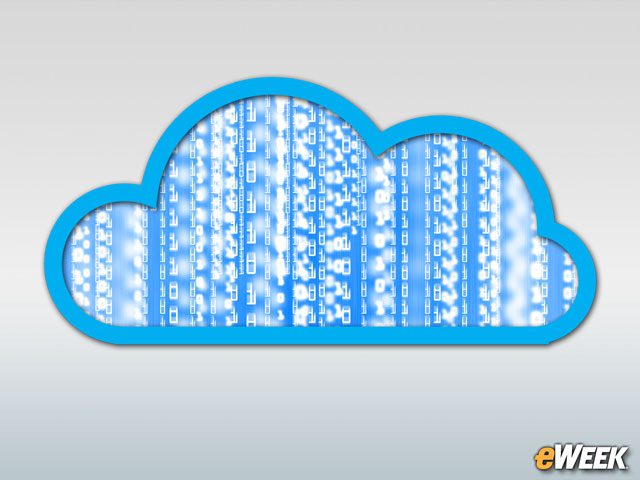eWEEK content and product recommendations are editorially independent. We may make money when you click on links to our partners. Learn More.
1IT Modernization Presents Opportunities, Risks for Industry Pros
2The Current State of Data Storage
The way companies store and protect data is changing rapidly, according to the data. Tape backups, which were used by about 80 percent of organizations in 2010, now are being used by 65 percent in 2016. Meanwhile, virtual tapes and clustering, which in 2010 had just 20 percent and 30 percent market share, respectively, have grown in popularity. Virtual tape, for instance, is now employed at 30 percent of companies.
3A Look at Data Failure and Loss
Data failure and loss are common occurrences. In fact, 49 percent of companies reported experiencing a loss or failure, and nearly 20 percent said they lost up to a day’s worth of work when it happened. IT professionals now are forced to work faster than ever to get data back, though in more than 20 percent of cases, information was lost due to a company not having a backup.
4Data Center Downtime Costs Plenty
Scrambling to get a company back up and running after downtime is critical to the bottom line. Fourteen percent of companies said their downtime cost them more than $500,000 and 6 percent reported a cost between $100,000 and $500,000. Nearly 70 percent of companies said downtime cost the company up to $50,000.
5Who Has a Disaster Recovery Plan?
Given that, IT professionals increasingly are being pushed to create a disaster recovery plan that can be implemented to regain access to data and get people working. However, 9 percent of respondents said they don’t have a disaster recovery plan. Only 16 percent of IT professionals feel completely confident in the plan they have.
6There Are Various Reasons for Data Migration
Data migration to various platforms is an important task in the corporate world, but it often taxes IT resources, survey respondents said. Still, the pressure the business side places on IT requires migrations. In 56 percent of cases, companies are migrating data to replace outdated servers, 46 percent of migrations occur to improve performance and 45 percent are aimed at improving storage hardware.
7A Look at Migration Challenges
There are several challenges to migrating data, the respondents reported. In 44 percent of cases, staff working overtime was considered the biggest challenge. System downtime and validation of data integrity were cited as other challenges in migration by 42 percent and 29 percent of respondents, respectively.
8Here’s Why Organizations Need to Share Data Between Databases
Although sharing data between databases can be time- and resource-intensive, nearly 60 percent of IT professionals say they do it to consolidate data housed at disparate locations into a single warehouse. A need for business intelligence was cited by 54 percent of respondents who also share data between databases.
9Enterprises at Various Stages of Cloud Migration
The Vision Solutions survey found that 35 percent of respondents are currently using the cloud, although that figure is expected to skyrocket in the coming years. For those companies currently using the cloud, 52 percent use hosted private cloud, while 46 percent employ public cloud solutions. In addition, 4 in 10 IT professionals said their companies use a hybrid cloud solution.
10Moving to the Cloud Brings Challenges
IT professionals are facing serious challenges in the cloud, with 52 percent of responding professionals saying their chief cloud concern is a “desire to maintain internal control of infrastructure.” The second largest concern, voiced by 45 percent of IT professionals, is safeguarding data. Surprisingly, just 10 percent of respondents said they’re worried about public reports of a cloud deployment failing.
11The Trouble with Accountability
IT professionals don’t necessarily agree on who should be responsible for public cloud data protection. More than 4 in 10 IT professionals said the public cloud provider should be responsible for protecting data. However, 39 percent said the IT side should take up that responsibility. Regardless, a recent report from research firm Gartner found that by 2020, 95 percent of cloud security problems will be the customer’s fault, not the provider’s.










